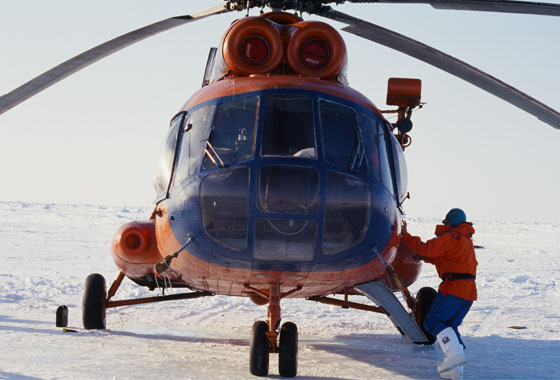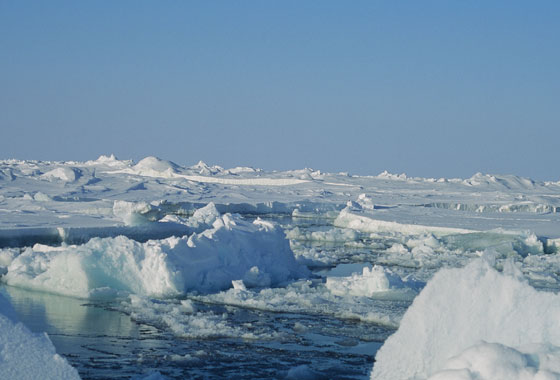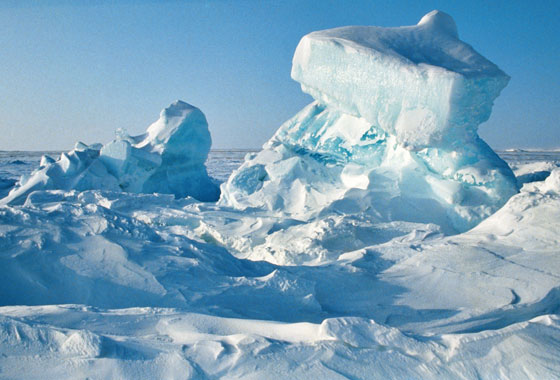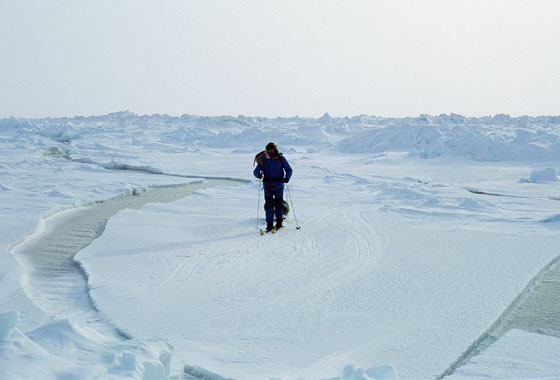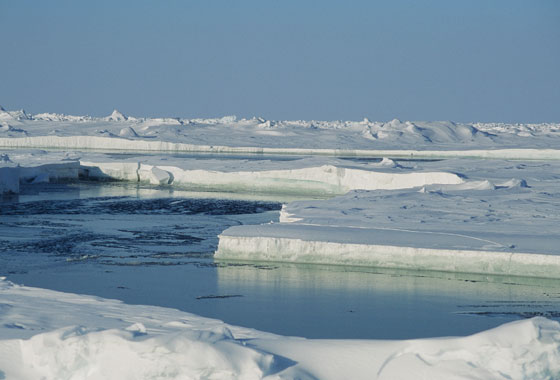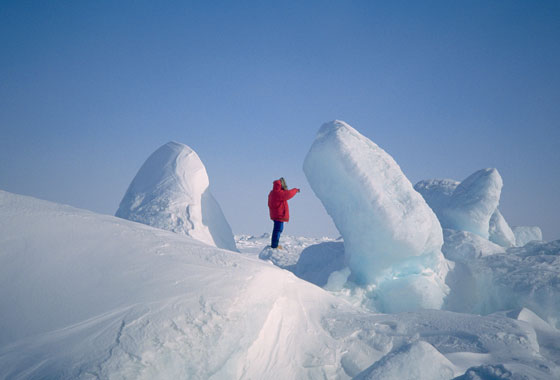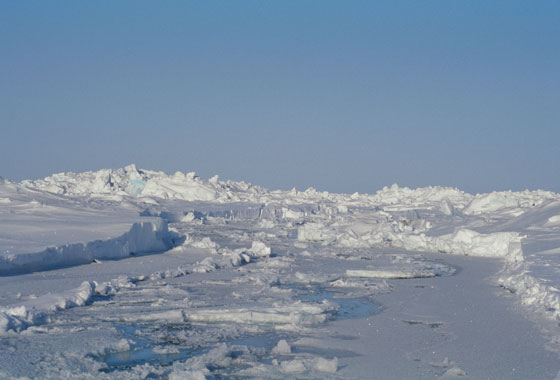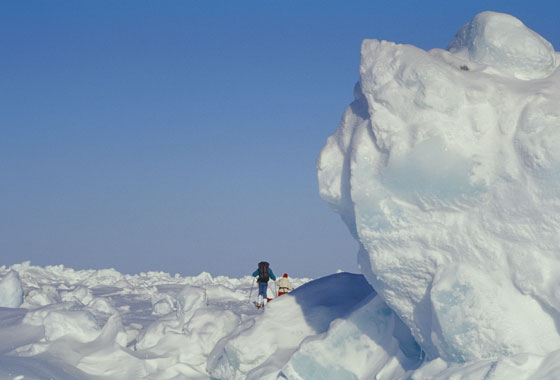After dreaming about it for so many years, I managed to stand there for just a few seconds. The ice pack is constantly moving, carrying you away from your destination.
You work so hard to gain a few metres, before finding yourself helplessly swept backward again. The North Pole lies at the very top of the world map, and at the very top of my Arctic objectives.

